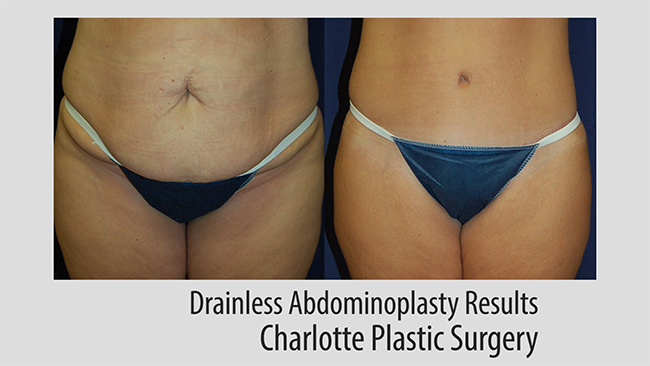Knowledge is power, and for women undergoing an elective surgical procedure, being well informed can make all the difference. Women’s fears range from how to care for children and their spouse after surgery, to overcoming the guilt they feel for devoting time to themselves.
By Stephan Finical, MD
and The Plastic Surgery Channel

What is a Tummy Tuck?
Tummy tuck surgery, also known as abdominoplasty, removes excess fat and skin and, in most cases, restores weakened or separated muscles creating an abdominal profile that is smoother and firmer. A flat and well-toned abdomen is something many of us strive for after child birth. However, sometimes diet and exercise alone can’t achieve the goals we set for ourselves.
Even individuals of otherwise normal body weight and proportion can develop an abdomen that protrudes or is loose and sagging due to aging, pregnancy or significant fluctuations in weight.
Shorten Recovery
Finical says specialized surgical techniques for abdominoplasty allow patients to recover quicker. For example, patients at Charlotte Plastic Surgery rarely need drains thanks to a unique way of stitching up the abdomen called, the progressive tension suture technique. Instead of laying the skin back on top of the muscles and having a drain provide pressure to heal the area, surgeons progressively stitch the abdominal skin down to the muscles as they go, eliminating the need for a drain.

“This is a huge improvement. Our patients don’t have to carry a drain around and it’s a lot more comfortable for them.” A full recovery takes about 4 weeks. Finical also uses a drug called Exparel to reduce pain after surgery.
What is Exparel?
Exparel® is a non-opioid local analgesic that is delivered during surgery in the suture lines and in the muscles. The pain killer takes away much of the discomfort in the first few critical days after surgery when pain is typically at its worst. Exparel also helps eliminate or reduce the need for narcotics after surgery. “When people feel bettter after surgery they are more likely to get up and start moving around quicker, reducing the chance of blood clots,” says Finical.